Strategies
Below are strategies for all content areas.
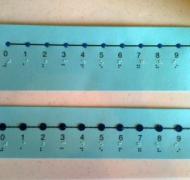 |
Tactile Number LineCreate a tactile number line to help blind kids and students with multiple disabilities to understand the sequence and value of numbers. |
|
|
Five Little Monkeys Tactile BookThis tactile book for emergent braille readers helps to develop tactile skills, as well as counting, positional concepts, and other important skills for beginning readers at the Kindergarten level. |
|
|
Interactive Alphabet Book for Letter "M"This fun interactive book for young children who are blind or visually impaired encourages concept development through interactive activities with early literacy materials. |
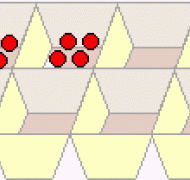 |
Learning Multiplication Facts in a Fun WayA practical strategy for teaching multiplication and math skills to students who are blind or visually impaired using concrete manipulatives |
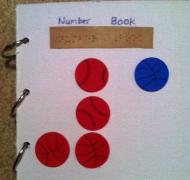 |
Number BookThis fun hands-on activity uses real objects to help children who are blind or deafblind to learn to count and develop number concepts. |
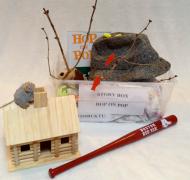 |
Dr. Seuss-Themed ActivitiesFun hands-on activities using Dr. Seuss books to teach concept development and literacy skills to children who are blind or visually impaired, including those w/ multiple disabilities or deafblindness |
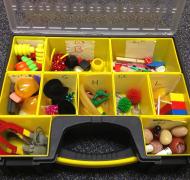 |
“M is for Mice.”This early braille literacy activity uses real objects to help young children who are blind to learn the dots for each braille letter. |
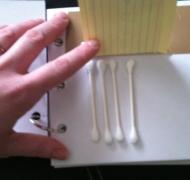 |
Counting BookThis book uses real objects and tactile symbols, along with ASL signs to teach numbers and counting to young children who are blind or visually impaired, deafblind, or with multiple disabilities. |
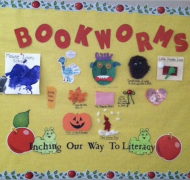 |
Inching Our Way to LiteracyTextures can be used to refer to the same book in different contexts for students who are blind or visually impaired with multiple disabilities. |
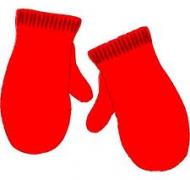 |
Story Box for "All You Need for a Snowman"This storybox is a fun winter activity for children who are blind or visually impaired, deafblind or multiply disabled. Uses real objects about winter |
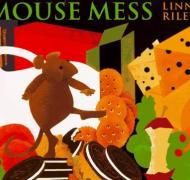 |
Modifying Books for Children with CVIMany picture books need to be modified for kids with Cortical Visual Impairment (CVI). Decreasing visual clutter and increasing contrast is a simple strategy. |
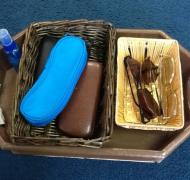 |
Caring for EyeglassesThis practical hands-on activity is designed to teach children who are blind or visually impaired to clean and take care of their eye glasses. |
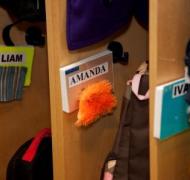 |
Labeling the Environment in an Accessible FormatLabeling items in the environment in an accessible format is important for developing literacy skills, as well as O & M or Orientation and Mobility for kids who are blind or visually impaired. |
|
|
Sunshine Mangold and Cricket MangoldThis activity works on improving hand positions and tracking skills in emerging braille readers. |
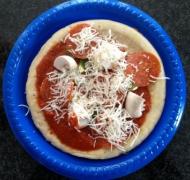 |
Making PizzaMaking pizza can be a functional and meaningful way to incorporate literacy skills for students who are blind or visually impaired, including those with multiple disabilities or deafblindness. |
|
|
Beginning Math LiteracyBeginning math activities for children who are blind or visually impaired; strategies for teaching numbers, counting, and making sets |
|
|
Ten Scents of Christmas Sensory CardsThis multi-sensory game uses the Ten Scents of Christmas in a matching game, which can be adapted for children who are blind or visually impaired. |
|
|
25 Days of Christmas Advent CalendarThis activity uses a braille advent calendar to identify numerals in braille or print while counting down to Christmas. |
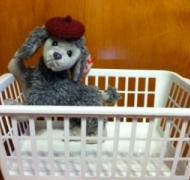 |
PrepositionsThis activity uses real objects to work on positional concepts with children who are blind or visually impaired. |
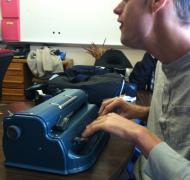 |
Motivating Older Adolescents Who Are Emerging ReadersThis strategy from a speech therapist is designed to help teachers find appropriate literacy instruction for students who have significant multiple disabilities in addition to their visual impairment. |
